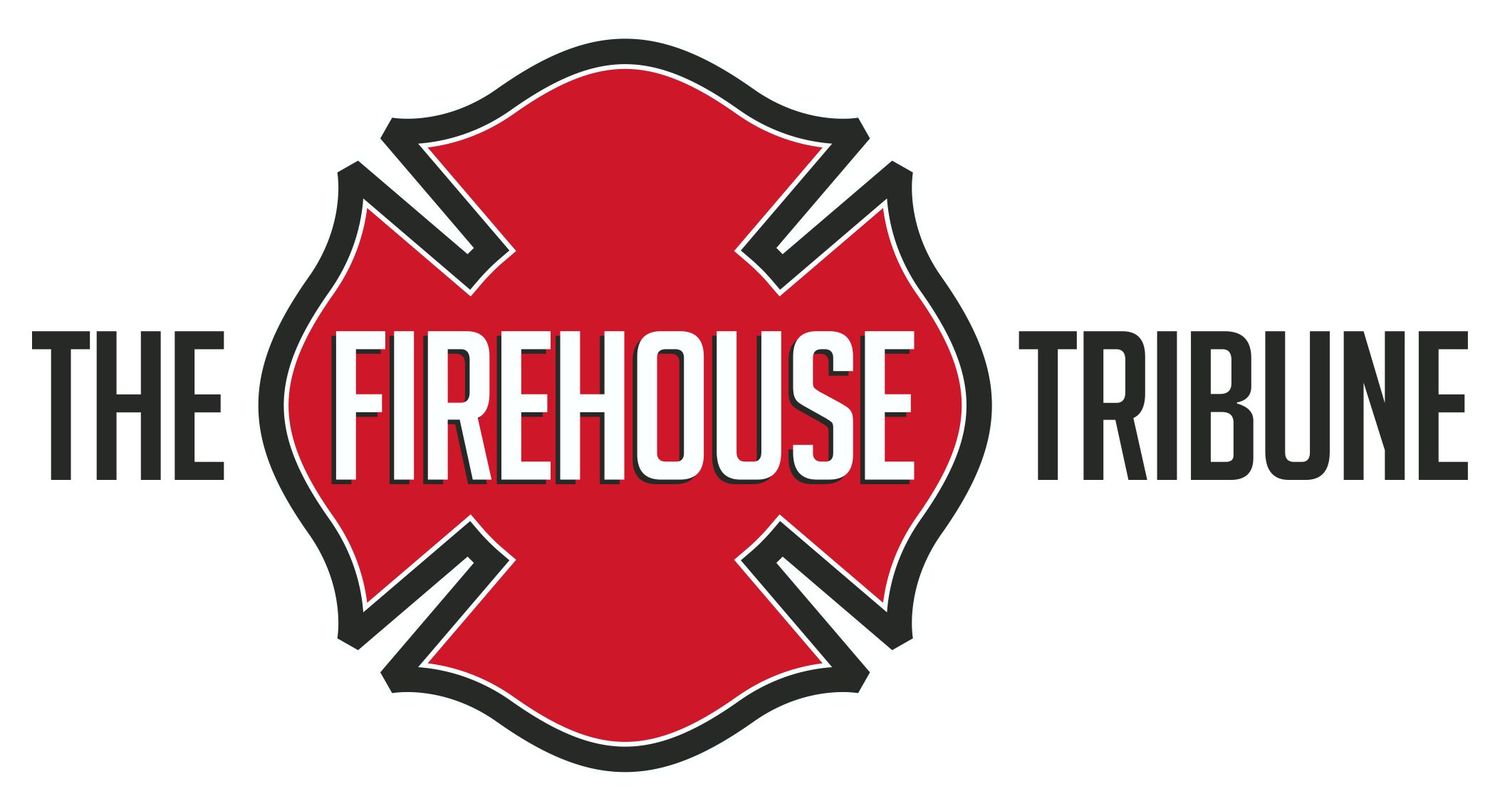Understanding FDC's for Fire Suppression Operations
Fire Department Connections (FDCs) play a critical role in fire suppression operations. In this article we will discuss its function, operational issues, and troubleshooting tips, emphasizing the importance of knowing the system and maintaining a proactive approach in fireground operations.
Primary Function and Role of FDCs:
The main function of an FDC is to provide a reliable means for the fire department to supplement water to sprinkler or standpipe systems. When the fire department pumps water into the FDC, it is introduced into the building's fire suppression system (sprinkler or standpipe) to maintain water pressure and flow, especially during large-scale incidents.
The FDC plays a critical role in fireground operations. The FDC is essential for fire departments to ensure an adequate water supply, particularly in cases where the system might be compromised, such as in large fires with many active sprinkler heads or issues with sectional valves. FDCs can come in various forms, including polished chrome, brass, or red-painted devices. They're generally located on the exterior of buildings, though they can also be found remotely (e.g., on lawns or parking lots).
Types:
The FDC could be for a standpipe, sprinkler system, or both. Proper signage is crucial to identifying the type of system being supported (sprinkler, standpipe, or combined).
Connection Types:
FDCs typically have a siamese connection with two 2 ½-inch intake valves, but in some cases, they may have a larger connection (e.g., 4- or 5-inch stortz connection).
Common Operational Challenges:
FDCs can sometimes have debris inside the female connection or suffer from mechanical issues such as a damaged swivel connection. This can lead to difficulties in connecting hoses or achieving proper water flow. If the FDC is damaged, alternative tactics like connecting to the standpipe discharge outlet or using adapters may be required to achieve adequate water supply.
Hydraulic Considerations and Pumping Operations:
Water Pressure: Pumping operations typically start by securing a reliable water supply and ensuring the pumper is operating at 150 psi. For multi-stage pumps, the volume stage should be used initially. It's important to account for friction losses, typically 5 psi per floor, with additional losses for the sprinkler or standpipe system itself. This ensures the pump delivers adequate pressure and flow.
Strategic Positioning:
Apparatus should be positioned as close to the hydrant as possible, ideally no more than 100 feet from the FDC, to avoid unnecessary pressure loss.
Pre-Planning and Familiarity with the Area:
Firefighters should become familiar with the FDCs in their districts, knowing where they are located, which systems they serve, and the closest water supply. This knowledge is invaluable during an emergency response.
Pre-incident planning must include FDC connections. By incorporating FDC knowledge into pre-plans, crews can be more efficient during response, ensuring quicker and more effective deployment of resources.
Maintenance and Preparedness:
Regular inspection and maintenance of FDCs are crucial to ensure that the system operates as intended during a fire event. This includes checking caps, connections, and ensuring the absence of debris. Carrying spare parts, such as male caps and gaskets, can be helpful in addressing common issues on the fireground, such as malfunctioning valves or damaged connections.
The FDC is a critical yet often overlooked component of firefighting operations. A solid understanding of its function, proper use, and common challenges can significantly enhance a fire department's ability to deliver water to a building's fire suppression system during an emergency. Ensuring that all personnel are familiar with FDC locations, equipped with the necessary tools, and capable of troubleshooting potential issues will help improve operational efficiency.
A proactive approach to FDC use and a well-integrated pre-plan can make a significant difference in firefighting operations, particularly in large buildings or complex structures. By incorporating these practices into daily routines, fire departments can improve response times and reduce the likelihood of water supply failures during critical incidents.
Until next time - work hard, stay safe & live inspired.


